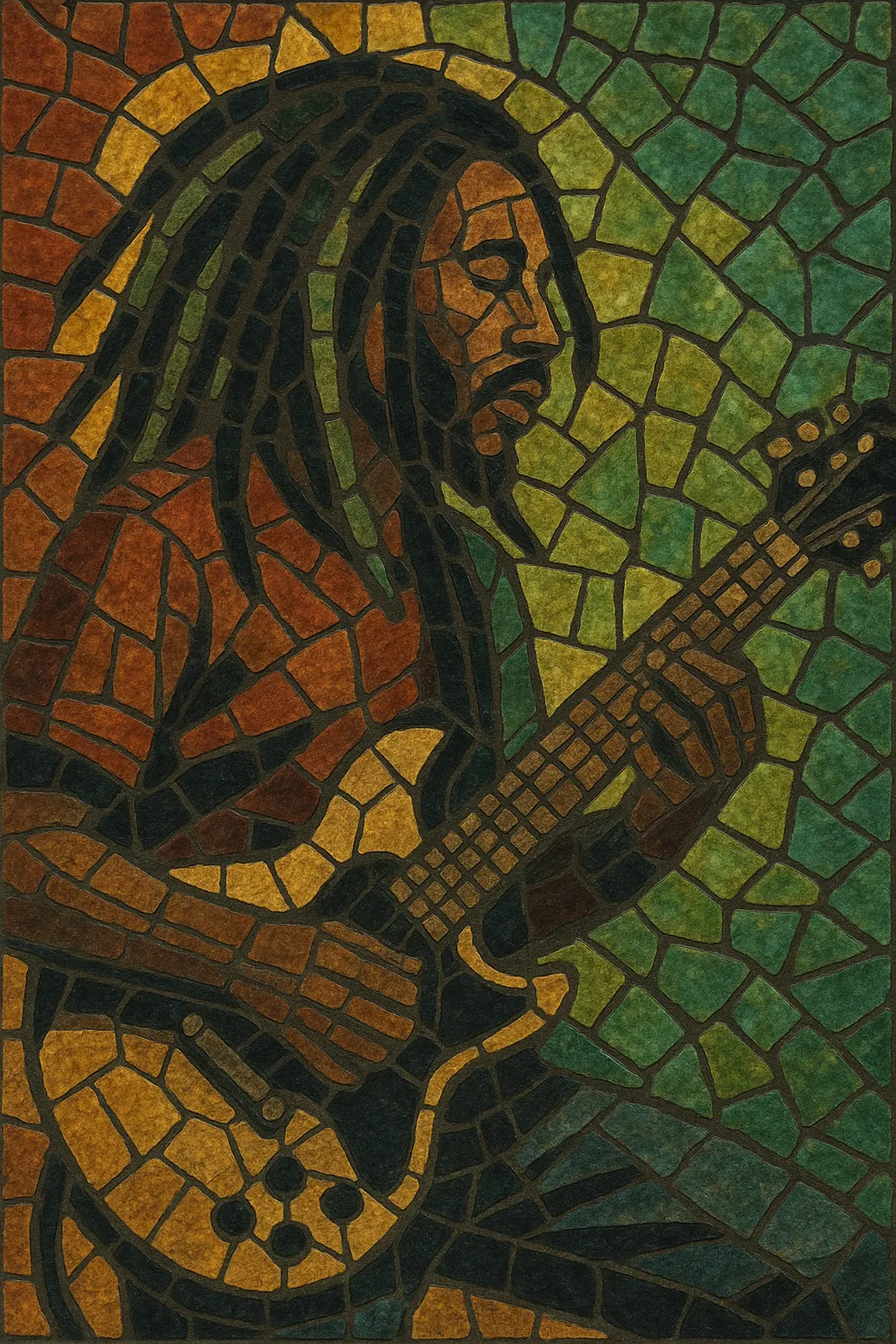
Reggae rock is a hybrid style that blends the off‑beat groove, deep bass, and laid‑back pulse of reggae with the drive, hooks, and guitar-forward energy of rock.
The result keeps reggae’s skanking guitar upstrokes, syncopated bass lines, and occasional one‑drop feel, but frames them with rock song structures, choruses, and a more aggressive backbeat. Early British punk and new wave bands absorbed Jamaican rhythms, while later American groups added surf, hip‑hop, and pop accents, creating a beach-ready, festival-friendly sound.
The fusion took shape in the late 1970s in the United Kingdom, where rock, punk, and new wave acts absorbed Jamaican reggae’s rhythms and bass aesthetic. Bands like The Clash experimented with reggae patterns and dub sensibilities, while The Police streamlined the mix into radio-ready songs that kept the rock framework but emphasized off‑beat guitar and bass-forward grooves.
In the 1990s, a distinctly American wave emerged—especially along the U.S. West Coast—where groups like Sublime and 311 fused reggae grooves with alt‑rock, hip‑hop, and surf influences. This era cemented the term “reggae rock” for a beach-culture blend that favored catchy hooks, mid‑tempo grooves, and accessible songwriting.
The 2000s saw a thriving touring circuit and festival ecosystem (beach and surf events, college towns, and outdoor venues). Bands such as Slightly Stoopid, Rebelution, Pepper, Dirty Heads, and Stick Figure broadened the palette with dub-style production, electronic delays, and polished pop writing, pushing the style into mainstream alternative spaces.
Streaming-era playlists and cross-genre collaborations have kept reggae rock vibrant. The style remains a gateway between reggae, rock, and pop, influencing third-wave ska scenes and adjacent island and Pacific reggae movements while continuing to foreground feel-good grooves and big choruses.

